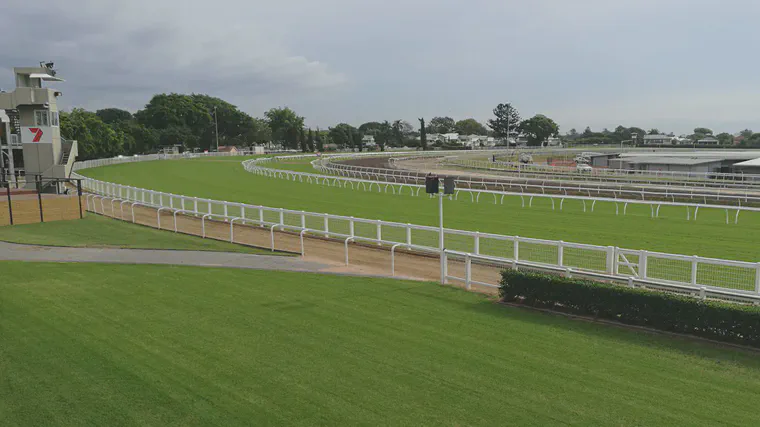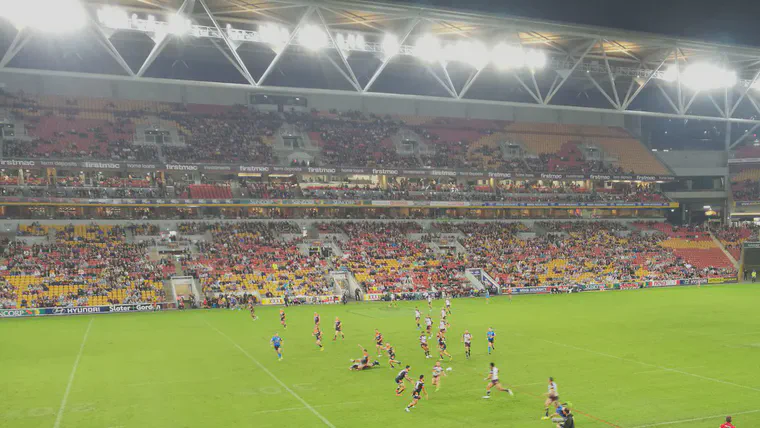Soil test interpretation and more: 4 seminars in Australia
I went to Sydney, Adelaide, and Brisbane to discuss the MLSN approach to soil test interpretation in four seminars organized by Living Turf.
In these seminars, I explained that the use of the MLSN guidelines is as simple as planning how many beers to buy for an upcoming party. And at this hypothetical party, I want to ensure that I don’t run out of beer to serve my friends.

This is a quick summary of the points I highlighted in the seminars.
Another great turn out in South Australia for @asianturfgrass talk on MLSN. Photo credit to #BrandMedia pic.twitter.com/9hH1DT7XBv
— Living Turf (@LivingTurf) May 17, 2017
1: Soil test calibration involves establishing different levels of nutrients in the soil, growing a grass in those soils, and then evaluating the grass response to different levels of that nutrient. It quickly becomes apparent that these calibrations will be specific to the soil type, grass variety, and climate in which the calibration is done. Doug Soldat called these tests “expensive and time consuming.” On a global scale, the word I use to describe this is impossible.
2: Because doing such extensive calibration is impossible, the conventional turfgrass guidelines were developed by adjusting the ranges from agricultural crops and soils:
Traditionally, ranges for various nutrients are based on the past 60 years of fertility studies, particularly on forages, agronomic and horticultural crops, with adjustments made to fit perennial turfgrasses based on studies and the judgment of experienced university turfgrass scientists.
In addition to that, the conventional guidelines have in some cases been set deliberately high. That’s not because grass performance would be improved by more nutrients, but because “the cost of fertilization was not considered of primary importance for turf.” And that quote is right from the textbook.
3: The minimum levels for sustainable nutrition (MLSN) guidelines for interpreting soil tests take a different approach by focusing on the way turf is managed in the modern era, and considering grasses and the soil conditions used for high performance turfgrass today.
4: Use of the MLSN approach involves making an estimate of 100% of the nutrients that the grass can use, and increasing that by an additional amount to keep as reserve in the soil. One then compares the sum of the use estimate and the reserve quantity to the amount actually present, and the result of that comparison is the minimum fertilizer recommendation.
You can scroll through the slides below, or view or download them here.
The MLSN approach is suitable for any grass, soil, and use, because it involves both a site specific estimate of nutrient use plus a reserve amount to keep in the soil. I enjoyed seeing a range of turfgrass sites and grasses on this trip, and discussing with so many turfgrass managers the practical use of MLSN to interpret soil tests in those conditions.

That’s kikuyugrass at Eagle Farm race course in Brisbane. For a good story about something that happened at Eagle Farm in 1984, read about Fine Cotton.

This is Legend green couch (bermudagrass) overseeded with perennial ryegrass at Suncorp Stadium.